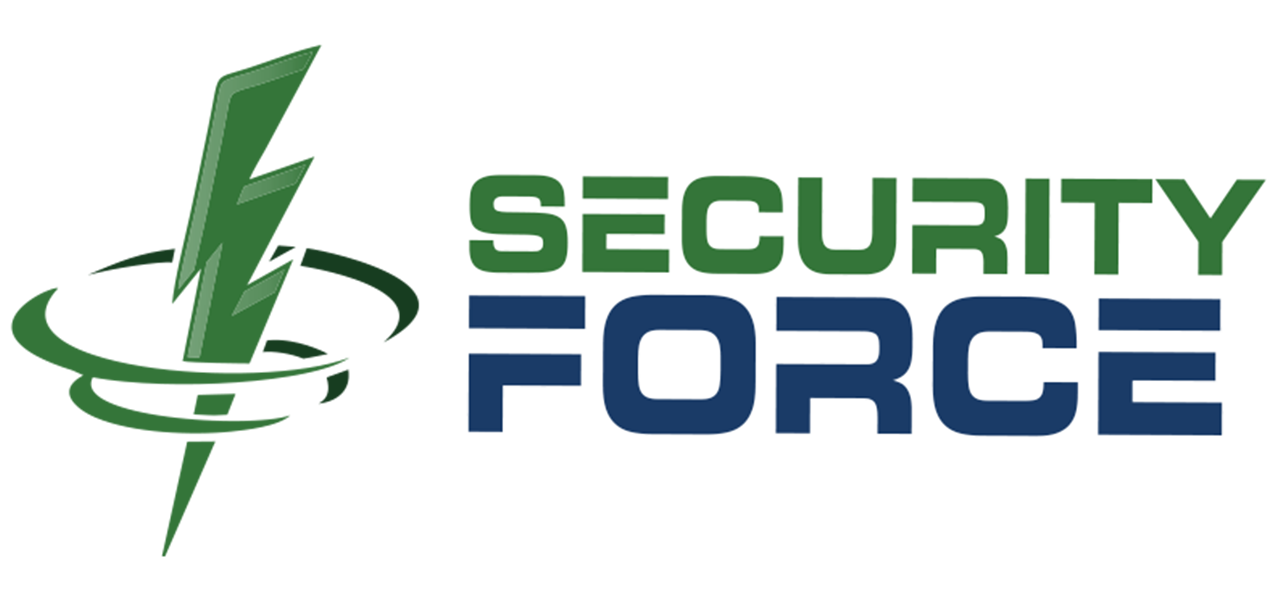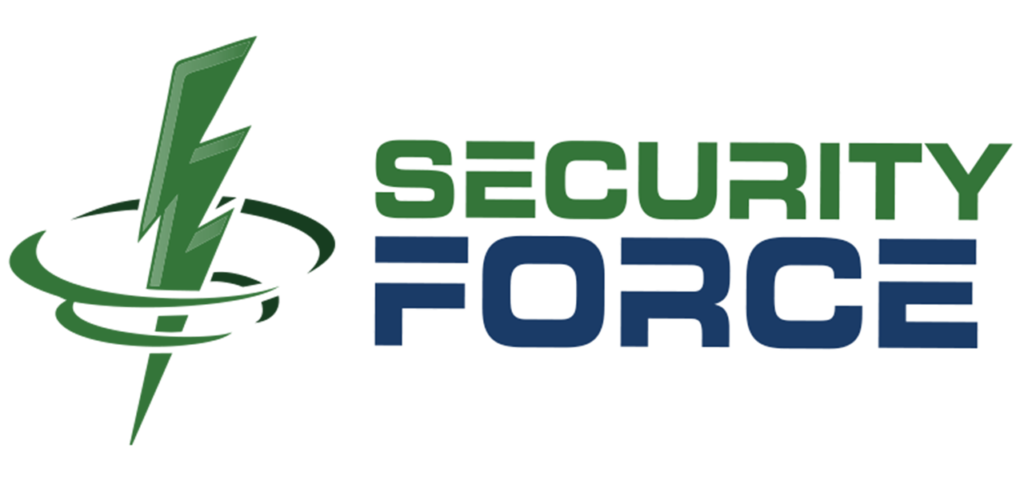Facial recognition is one of the fastest-growing tools in modern security systems. While its most obvious uses—such as granting or denying entry—are well known, the technology has broader potential. In fact, some of its most valuable applications are the ones people don’t immediately think of. Here are five ways facial recognition can be unexpectedly useful, yet highly practical, in real-world security settings.
1. Streamlining Visitor Management
Instead of signing in with a clipboard or waiting for a badge, guests can be pre-registered and identified instantly upon arrival. Facial recognition allows reception staff to greet visitors by name, speeds up check-in, and ensures only authorized individuals gain access. It’s not just security—it’s also a professional first impression.
2. Detecting Tailgating
One of the weakest points in building security is when someone “slips in” behind an authorized employee. Facial recognition can identify mismatches—if one face is on record and another enters alongside them, the system can flag it. This adds a layer of oversight that card readers alone can’t provide.
3. Enhancing Time and Attendance
In workplaces where accurate logging of employee hours is critical, facial recognition eliminates “buddy punching” (one worker clocking in for another). It provides a secure, contactless, and tamper-resistant way of tracking time while reducing disputes over attendance records.
4. Securing Spaces Where Carrying ID Is Impractical
Not every secure location is convenient for a keycard or ID badge. In fact, in many cases they’re a hassle—or even a contamination risk. Clean rooms, for example, require sterile conditions where extra items are discouraged. Hotel pools want to restrict entry to guests without requiring them to carry room keys in swimwear. Gyms, spas, employee break areas, private clubs, and even university labs often need secure but convenient access. Facial recognition solves the problem by providing a frictionless way to authenticate without added items.
5. Hands-Free Authentication for Machinery
In industrial environments, workers sometimes need to interact with machines while wearing gloves or other protective gear. Traditional card swipes or keypads can be inconvenient—or even unsafe—when hands are occupied. Facial recognition allows operators to authenticate to factory machines without physical contact, maintaining both safety and efficiency. It removes the need to touch equipment at all, reducing downtime and risk.
The Bigger Picture
Facial recognition isn’t just about locking or unlocking doors. Its true power lies in the unexpected ways it adds value—making buildings safer, operations smoother, and workplaces more efficient. As the technology becomes more common, these less obvious applications are proving just as useful as the headline features.
In short: it’s not only about recognizing who belongs—it’s also about enabling secure access where convenience and safety matter most.

